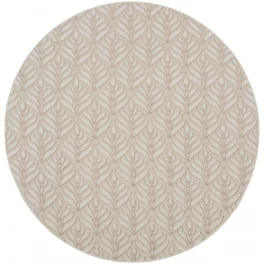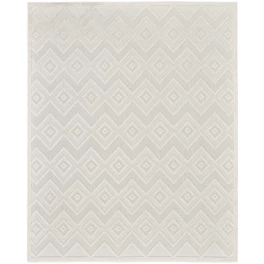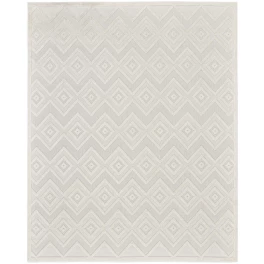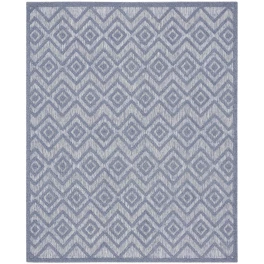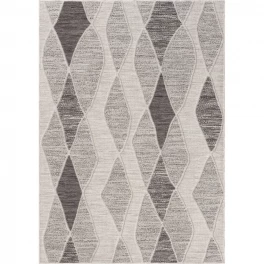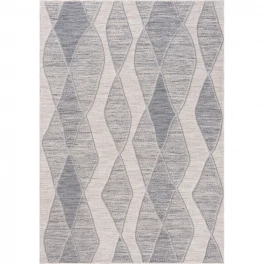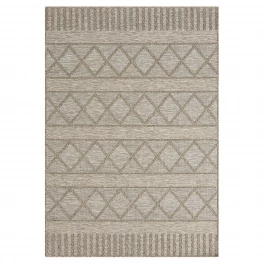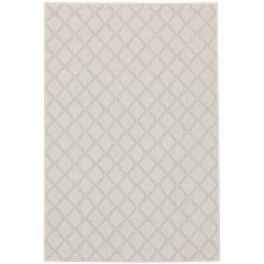Electric baseboard heaters are small heaters that sit on the floor at the baseboard level and provide heat for a room. They’re a great way to heat a small room, such as bathroom, or they can be a secondary heat source for a larger room. Electric baseboard heaters are also good for small apartments, cabins, home additions, or any room that doesn’t benefit from a home’s main heating system.
Because they use electricity, which can be expensive, baseboard heaters are rarely used as the only heating system in a large house. An exception might be homes in warmer climates where heat isn’t needed all day long. If you’re thinking of installing electric baseboard heaters in your home, the following information will help you decide which type is right for you.
Types of Baseboard Heaters
There are two types of baseboard heaters: convection and hydronic. Convection types have a heating element and fins that heat up and slowly radiate heat. Hydronic baseboard heaters are filled with either water or oil which also heats up and slowly dissipates heat. Both styles are similar in design on the outside, and both have their own pros and cons when it comes to their costs, energy usage, and installation.
Convection Baseboard Heaters
Convection baseboard heaters are the most common. They range in size from 24 to 96 inches long. Much like a toaster, convection baseboard heaters have electrical coils inside that heat up. A thermostat located on the heater or on the wall controls how much heat the heater will produce before it shuts off automatically.
Convection baseboard heaters are fairly inexpensive, simple to operate, easy to install if you can do electrical work, and produce enough heat to heat up an average-sized room.
The only real downside of convection baseboard heaters is that they are not very energy efficient. Convection baseboard heaters cool down rapidly after they shut off, thereby requiring more energy to heat up again. Depending on the size and number of heaters, operating them for any length of time can get expensive.
Hydronic Baseboard Heaters
Hydronic baseboard heaters are filled with either oil or water that is heated up to slowly warm the surrounding air. Similar to a cast iron radiator, but much smaller in size, hydronic baseboard heaters range in size from 34 to 94 inches long.
The most significant advantage of hydronic heaters over convection heaters is the fluid inside a hydronic heater stays warm long after the thermostat shuts the heater off.
When compared to convection heaters, hydronic heaters are more expensive, not as popular, come in fewer sizes, and take longer to warm a room. However, because they stay warmer longer, hydronic heaters require less energy than convection heaters.
How Do Baseboard Heaters Work?
When placed at the bottom of a wall, baseboard heaters take the colder air from the floor, heat it up, and then push it out the top to slowly warm a room. Because there are no fans to force the air away from the heater, it can take up to an hour to feel a rise in a room’s temperature after the baseboard heater is turned on. The heater itself gets warm, but it can take some time for the warm air it produces to rise and fill the rest of the room.
Baseboard heaters use either 120 or 240 volts to operate. A 240-volt heater will put out more heat and be more efficient than a 120-volt heater. Most baseboard heaters are hardwired and considered permanent fixtures. Some plug-in models exist and may appeal to homeowners without electrical skills.
Because baseboard heaters have no moving parts such as fans or motors, they are very quiet other than a ticking sound that results from the metal casing expanding and contracting when the unit heats up and cools down. They’re also very clean and don’t produce dust or other pollutants. There’s no risk of carbon monoxide poisoning from the use of electric baseboard heaters.
If your main heat source is a wood stove, baseboard heaters can be set to come on when the temperature drops below 60 degrees which will keep the house from getting too cold until the fire in the woodstove can be fed more wood.
What Size Baseboard Heater Should You Buy?
Electric baseboard heaters come in various lengths and also list how much energy they will consume and how much heat they will generate. The heat output is listed in watts. When determining what size and how many heaters you will need to heat a room, you first need to know the square footage of the room. Measure the length and width of the room. As a general rule of thumb, you need 10 watts per square foot of space in a room to heat it effectively. Multiply the length of the room by the width to get its square footage, and then multiply the square footage by 10 to figure out the wattage you need. For example, a 12-by-12-foot room is 144 square feet. Now multiply 144 by 10, and you get 1,440. So a 12-by-12-foot room requires 1,440 watts of heat output from its baseboard heater. Heat loss through walls and windows also needs to be taken into consideration. A 1,500-watt, 240-volt baseboard heater should be adequate to heat a room of 150-175 square feet.
Tips for Operating a Baseboard Heater
Because baseboard heaters are on the floor, they can collect a lot of dust and debris. It’s a good idea to periodically remove the front cover and vacuum up any dust or pet hair. If you let the heater fill up with dust, it will emit an odor of burning hair and dust the first time you turn it on every winter. Baseboard heaters also work more efficiently when they are clean.
Obviously, baseboard heaters do get hot. Keep flammable objects away from them. If the heater is located in a bathroom under a towel rack, make sure the towels don’t hang down and lay on the heater.
Baseboard heaters are typically installed under windows, which are usually the coldest spot in a room. When the cold air from the window sinks to the floor, a baseboard heater will counteract the cold air, which keeps a room from feeling drafty.
A thermostat mounted on the wall at eye level will more accurately gauge a room’s temperature than a thermostat affixed to a heater on the floor. You can also control several heaters through a single thermostat.
If you’re looking to add additional heat to a drafty room or need heat in a room such as an addition or space over a garage, electric baseboard heaters might be your solution. They’re quiet, reliable, and much cheaper than a furnace or other major heating system. Because they’re fairly easy to install and operate, electric baseboard heaters can certainly take the chill out of your home if you use them properly.




